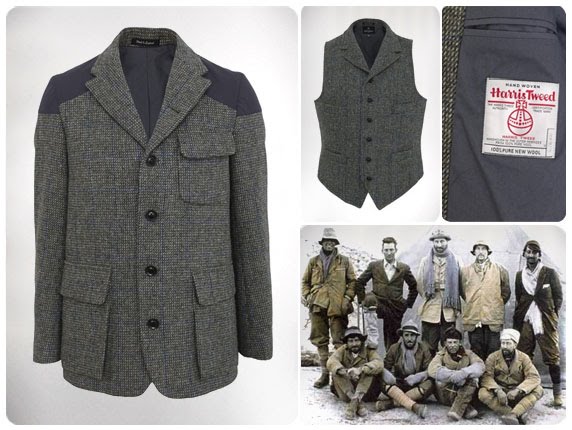Alan Eardley
One Too Many
- Messages
- 1,500
- Location
- Midlands, UK
Here's a photo of a 1975 Belstaff Moorland Jacket that I mentioned earlier. Not to dissimilar to the 1920s Burberry jacket, but definitely for shooting and with an action back.

Alan

Alan





